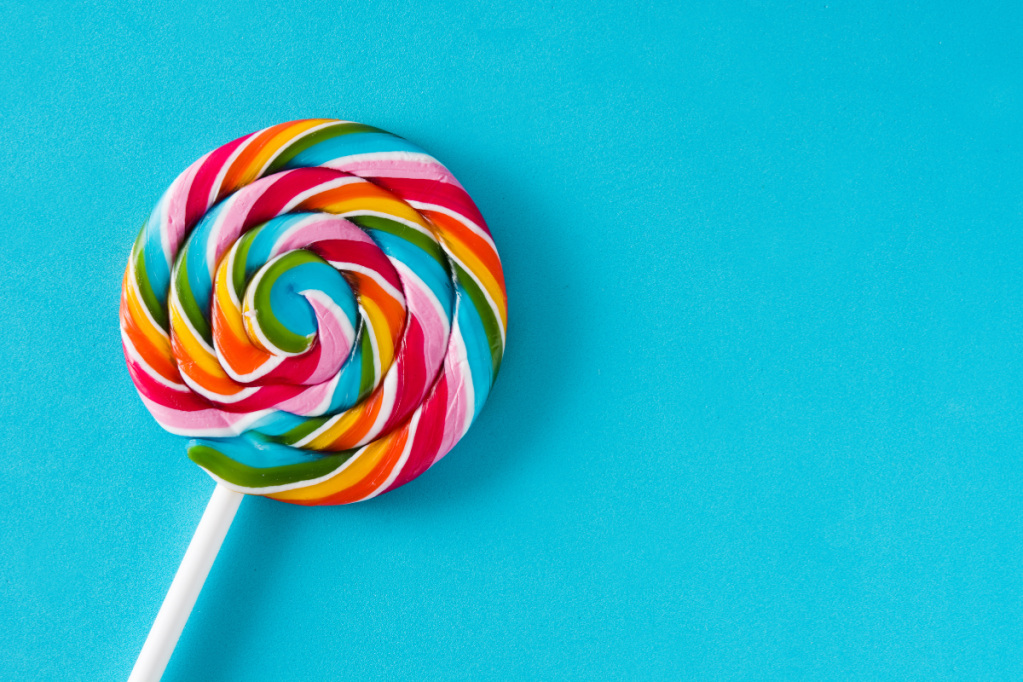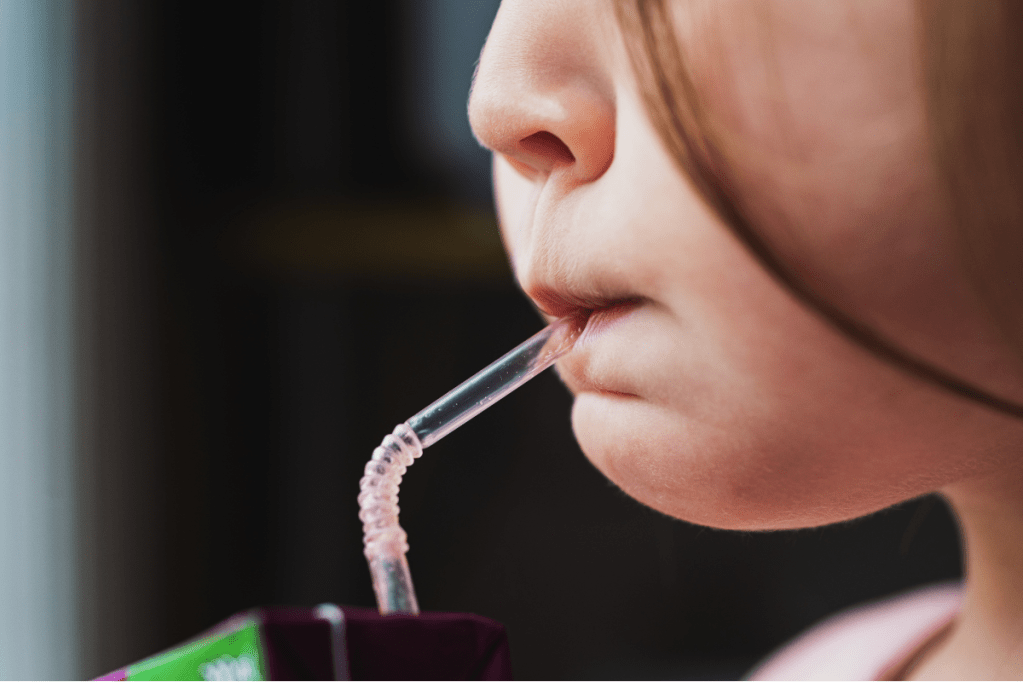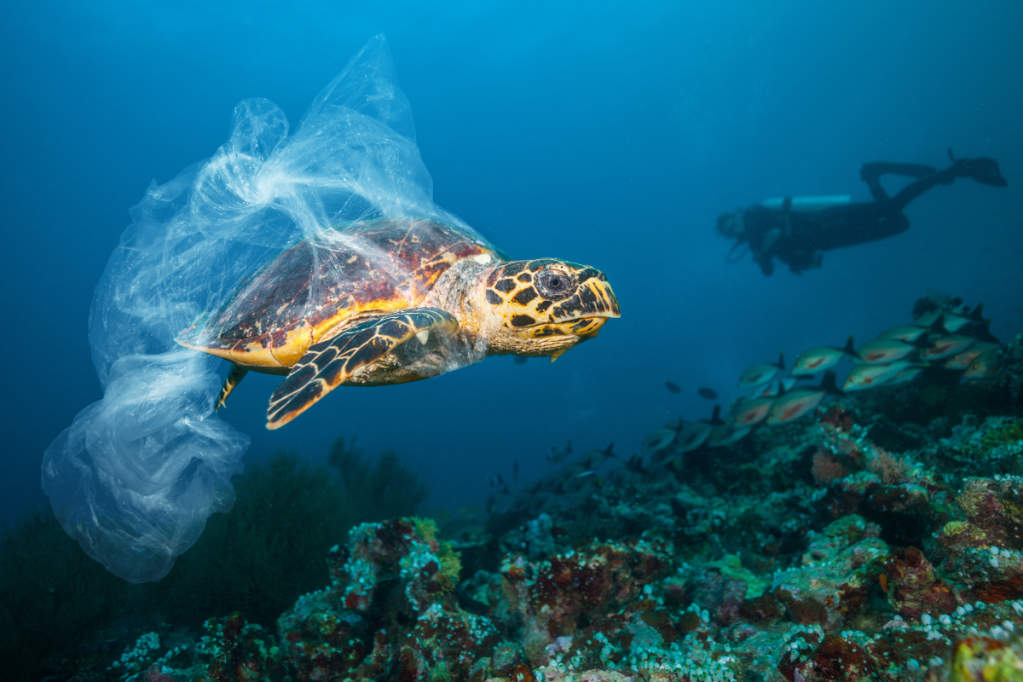From this month, more single-use plastic items are off the menu in SA. Here’s what’s banned, what’s still allowed, and how it affects your next takeaway order.
From September 1, South Australia’s next round of single-use plastic bans kick in – and while the list is shorter than in previous years, it still takes aim at some of the biggest culprits in our takeaway food habits.
The state government is continuing its phased approach to cutting out problematic plastic under the Australian-first Single-use and Other Plastic Products (Waste Avoidance) Act 2020.
Here’s what’s being outlawed, what’s still allowed – and what it means for your next takeaway run.

What’s banned from 1 September 2025?
This year’s changes focus on small but widespread items, particularly in takeaway packaging:
- Plastic soy sauce fish containers
Those tiny fish-shaped bottles (and similar rigid plastic containers under 30ml) commonly included with sushi are being phased out.
- Plastic cutlery and straws attached to food and drink packaging
That means yoghurt tubs with built-in spoons, or juice boxes with plastic straws stuck to the side – these attachments will no longer be allowed.
- EPS cups and bowls used in pre-packaged meals
EPS (expanded polystyrene) is the foamy stuff often used in instant noodle or soup cups. If the container is made of EPS and sold pre-packed, it’s being phased out.

What’s not banned (yet)?
There’s been some confusion online – so let’s clear up what’s not changing (for now):
- Fruit stickers
These were going to be banned this year, but that’s been paused. Local growers raised concerns about cost, complexity and timing – especially during a drought. The pause gives them time to find alternatives and aligns SA with other states.
- Barrier bags for meat and dairy
These are the thin plastic bags often used in butcher’s shops or deli sections. They’ll still be allowed until 2027. Compostable alternatives must still be used for fruit, vegetables, nuts and confectionery.
- Condiment sachets, squeezy sauce packs, and plastic-lined cardboard
You’ll still see these for pre-packaged foods – these aren’t affected by this year’s changes.
- Plastic lollipop sticks, ice cream sticks and plastic wrapping around straws or cutlery attached to containers
These are also staying for now.

What should I use instead?
If any of these bans affect you (most likely in takeaway situations), here are some easy ways that you can Replace the Waste and make a difference – without the hassle:
Cutlery
- Best bet: Bring your own reusable set – stainless steel, bamboo or travel-size sets are lightweight and easy to stash in a bag or glovebox.
- If you forget: Look for wooden cutlery – compostable and widely available.
Straws
- Don’t need one? Just say no.
- If you do: Use silicone, stainless steel or paper alternatives – just be mindful of options that suit your needs and avoid ones that turn to mush in your drink.
Cups and bowls
- Dine in when you can, or BYO a reusable cup or container.
- Compostable packaging is becoming more common for takeaway – just check your local council’s green bin rules.
For more alternatives, the state government’s Replace the Waste website has a handy tool to help you make the switch.

Why it matters
It might feel like a small change – saying no to a straw or soy sauce fish – but these everyday items add up.
For instance: we used to use plastic straws for an average of 20 minutes, but they’d stick around for up to 600 years. In Australia, we would go through 10 million a day – most of which couldn’t be recycled and ended up in landfill or waterways.
Plastic doesn’t compost on land or in the ocean. It just breaks into smaller pieces called microplastics – which are eaten by marine life, from the tiniest zooplankton to the biggest whales.
Around 100,000 marine mammals are killed each year by plastic pollution. All seven species of sea turtles are affected, as well as over two-thirds of marine mammals and 90 per cent of seabirds.
It’s grim – but change is possible. South Australia has led the way on phasing out single-use plastics since 2021, with bans on everything from straws and stirrers to pizza savers and plastic confetti. Every step helps reduce waste and protect our coastlines, oceans and wildlife.
Are there any exemptions?
Yes – but they’re narrow and mostly apply to health, disability or clinical use.
For example:
- Plastic straws are still allowed if you need them for a health or disability reason
- Certain medical, forensic or veterinary settings are exempt for items like plastic spoons and bowls
One final thing
You don’t have to throw out plastic items you already have at home – the ban applies to sale, supply and distribution – not personal use.
So if you’ve got a stash of soy sauce fish in the back of your cutlery drawer, you’re not breaking the law. But they’re also a single-use item that’s hard to recycle. Use up what you’ve got – and then let them swim into the past.
For more information on the single use plastic bans, head here.

















